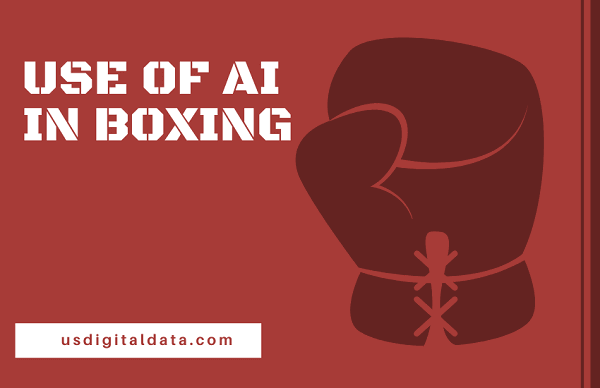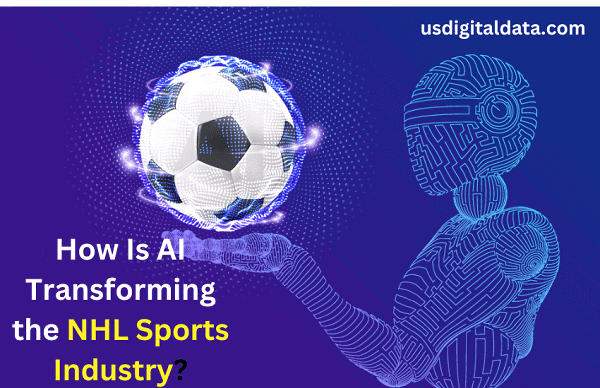What Major League Baseball Can Teach Us About AI in The Sports Industry

MLB has long focused on a few essential statistics, including batting average, home runs, runs batted in, and stolen bases. Teams continue to utilize these types of analytics. Still, they now have significantly more data to work with than they did twenty years ago, making it easy for MLB picks today predictions.
Artificial intelligence (AI) and machine learning have elevated the sport to new heights. Teams increasingly utilize analytics to improve their performance on the field and enhance the spectator experience. Here are some ways in which technology is altering the MLB.
Smarter Fan Experiences
Expect increased personalization of data as clubs strive to increase fan engagement. AI can provide a virtual stadium tour and unique camera viewpoints. Using voice and chat solutions, teams can determine what customers want and are interested in more effectively. This allows for a more tailored experience for each fan.
Satisfi Labs and Minor League Baseball (MiLB) have collaborated to create an AI ticketing system for all 120 MiLB teams. AI powers the chat system to expedite ticket purchases and provides pre-purchase information. After a user has made a purchase, the dialogue continues by answering queries regarding how to obtain tickets or a refund.
Additionally, AI increases interest in video games. The New York Mets will expand their use of the facial recognition program Wicket on the Opening Day of this season. Before the game, supporters can upload photos of themselves and their ticket’s barcode.
When an individual attempts to enter, the software analyzes their face. Due to this modification, those waiting for tickets should be able to enter the stadium more quickly.
MLB Partners with Google Cloud
The MLB’s cooperation with Google Cloud has expanded, allowing its digital platforms to provide more video features and data-driven, individualized experiences.
Since 2020, the baseball league has collaborated with the internet titan, utilizing its cloud-based toolkit.
MLB will pilot Google Cloud’s Media content delivery network (CDN), which uses the same architecture as YouTube, as part of this extension.
MLB will benefit from Google’s artificial intelligence (AI), machine learning (ML), data analytics, and infrastructure. These will provide MLB with real-time analytics that will enhance the viewing experience and simplify categorizing its vast video library.
Fans will have an easier time locating their favorite segments of the show, and as AI models learn more about each user, they will recommend more pertinent content.
MLB believes Media CDN will provide the necessary scale, security, and speed to enhance its live and archived content and pave the path for more engaging content.
Google’s cloud services and worldwide network will also improve the efficiency of content creation, administration, and distribution. Fans from around the globe can view streams more quickly and with less lag.
Improving Advertising Opportunities
By observing a player’s emotions, behaviors, and facial expressions, artificial intelligence in sports analytics can determine when the best game moments occur. It might also use the commentator’s words to determine the most thrilling moments of the game.
Additionally, the technology can add subtitles to a live event so that the general public can better comprehend it.
With this information, advertisers may determine when to place their advertising to get the target audience’s attention. Artificial intelligence may also assist in sports marketing by determining the optimal camera angles for a game.
In addition, technology can improve live commentary by providing commentators with crucial knowledge about the past by examining historical statistics.
Better Scouting, Training
Each MLB game generates seven terabytes of data. That is an excessive amount of knowledge to take in at once. On the other hand, AI and machine learning technology can identify data trends and make predictions regarding player performance, pitch selection, defensive shifts, roster construction, pressure tolerance, and even injury risk.
In sports, organizations and teams seek the best athletes to represent them. And AI makes it easier to get the necessary data. From video coverage to wearables, AI can aid in measuring many aspects of a player.
It can even determine whether a player possesses the desired skills. AI gives precise measures that are difficult to obtain manually. Therefore, it benefits the team as well as the individual players.
Models can be used to identify trends in a pitcher’s throwing motion. A pitcher may drop his arm an extra half-inch, which slows down his delivery and increases his risk of injury.
A pitching coach could miss the ball, but a computer could. The pitcher could alter his throwing motion to maintain velocity while decreasing his risk of injury.
Data science firms are also investigating the mental effects of baseball. By observing a player’s thought process between when the pitcher tosses the ball and when it reaches the batter, teams can learn more about the player’s routines and how quickly they react to specific pitches.


